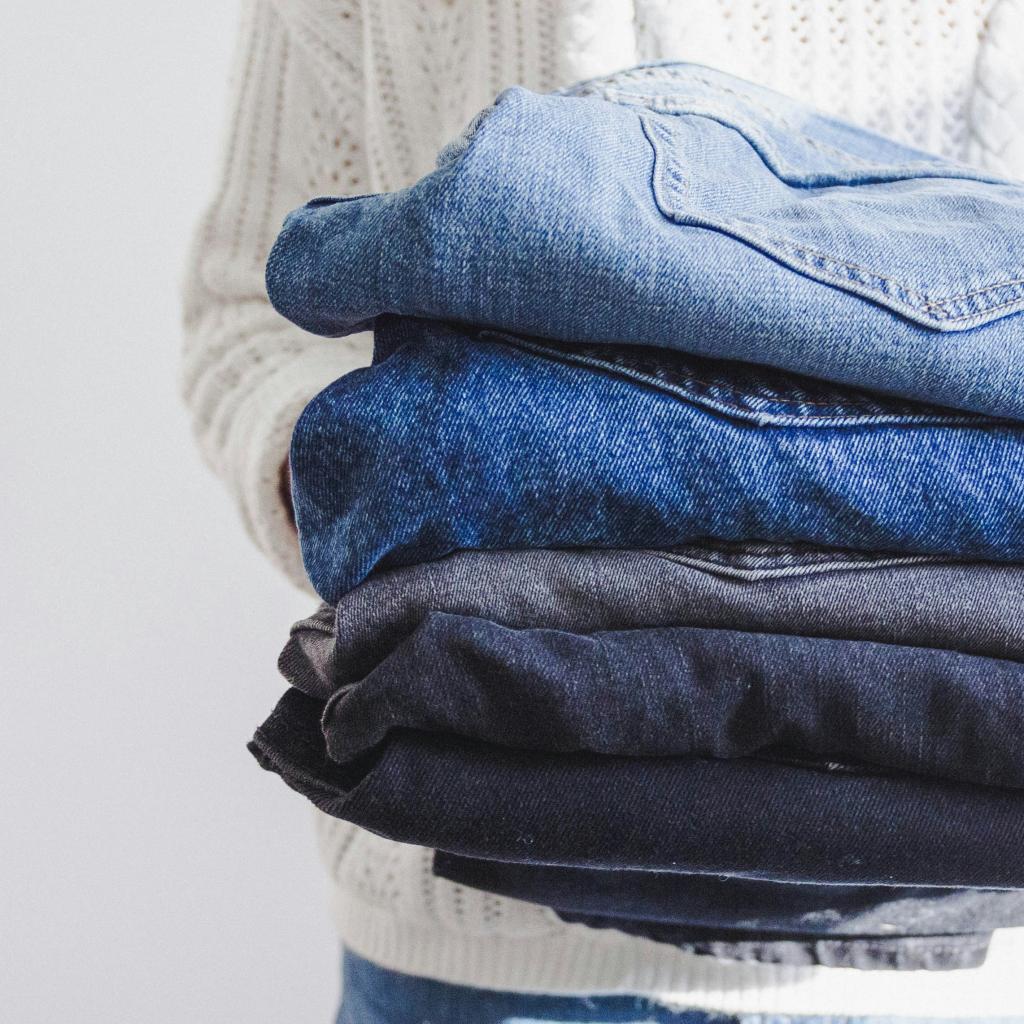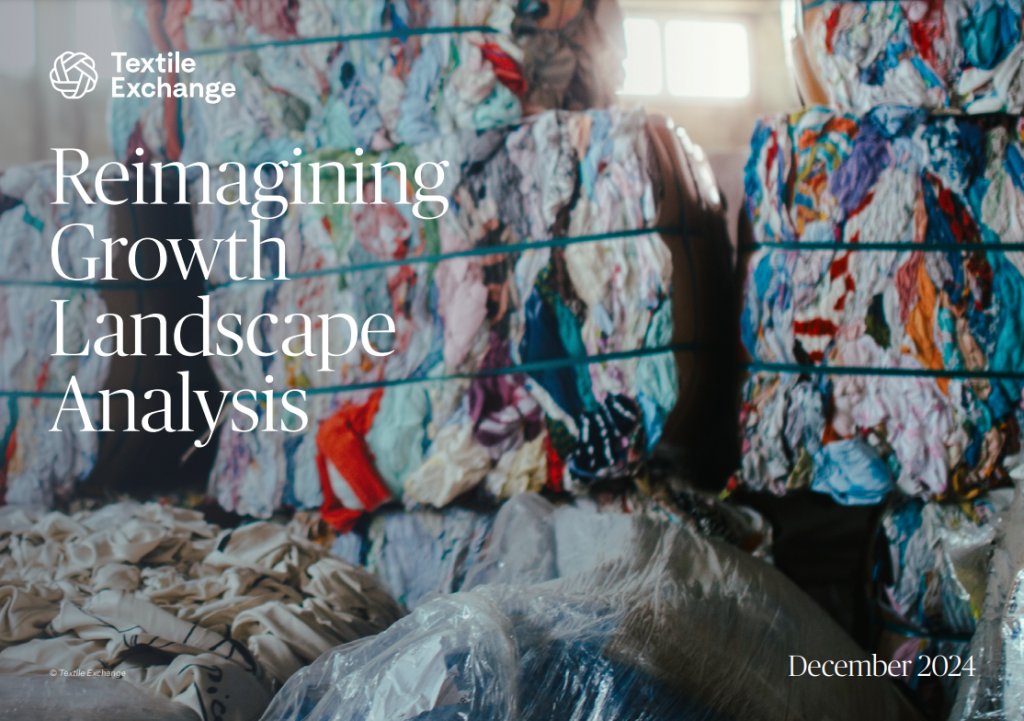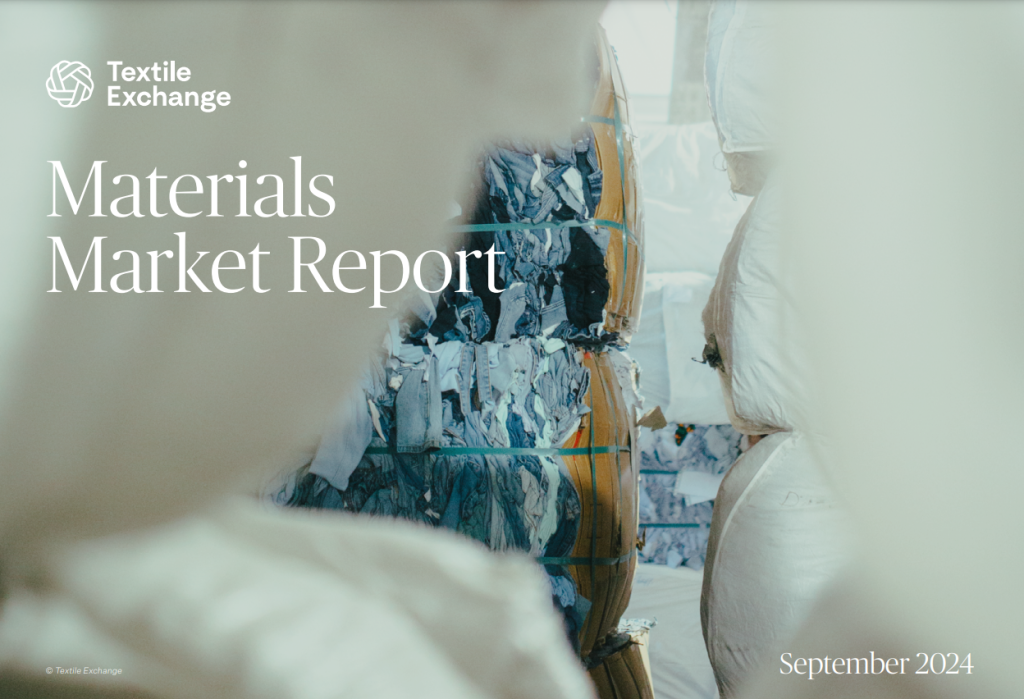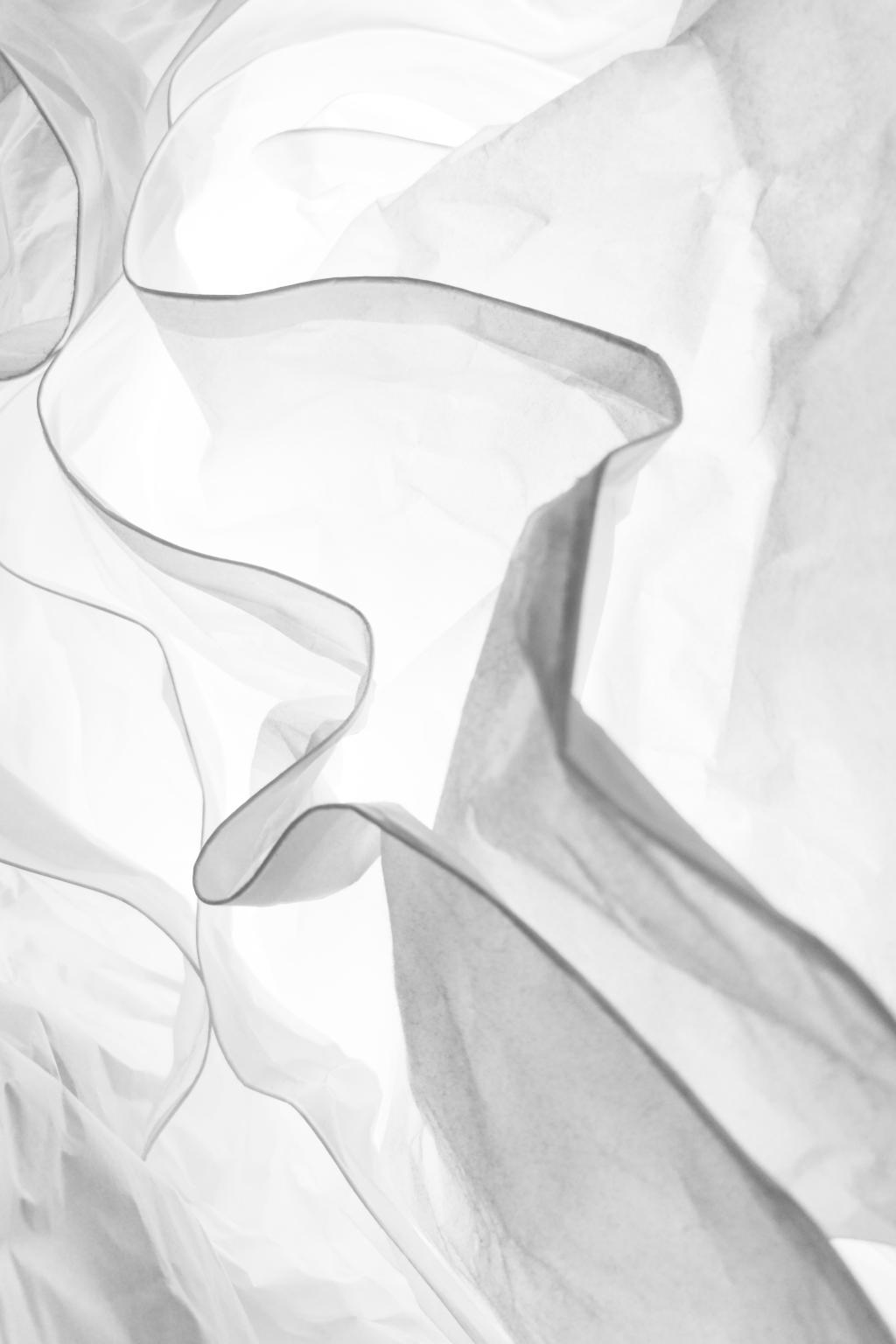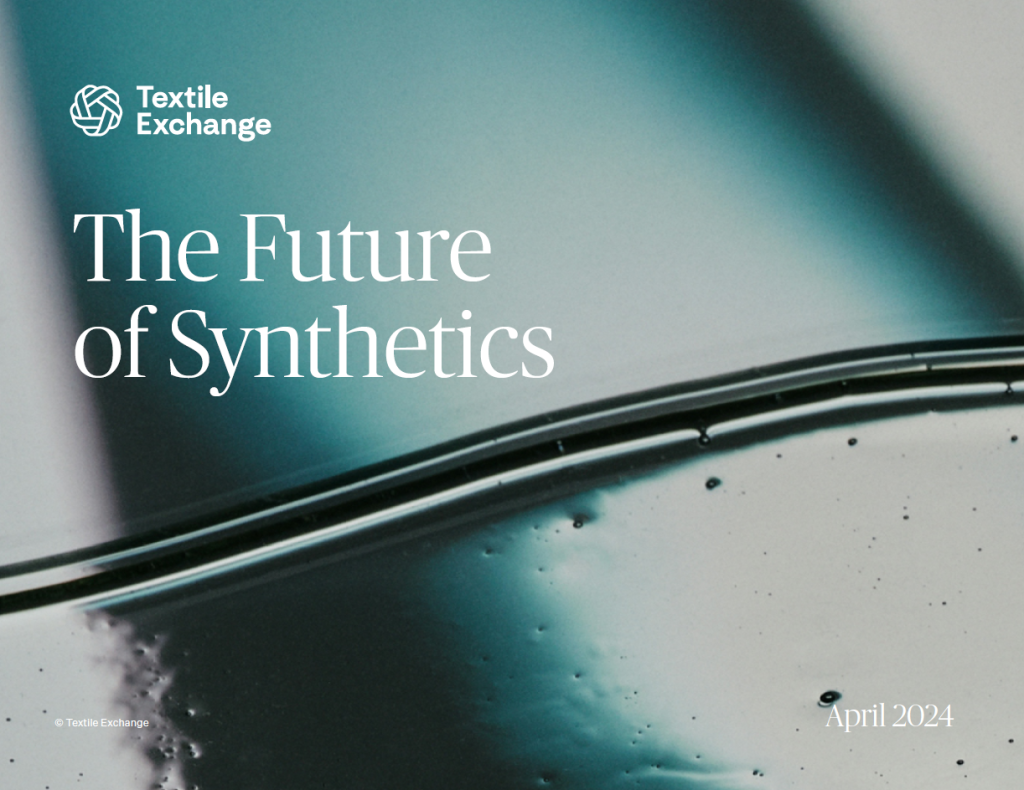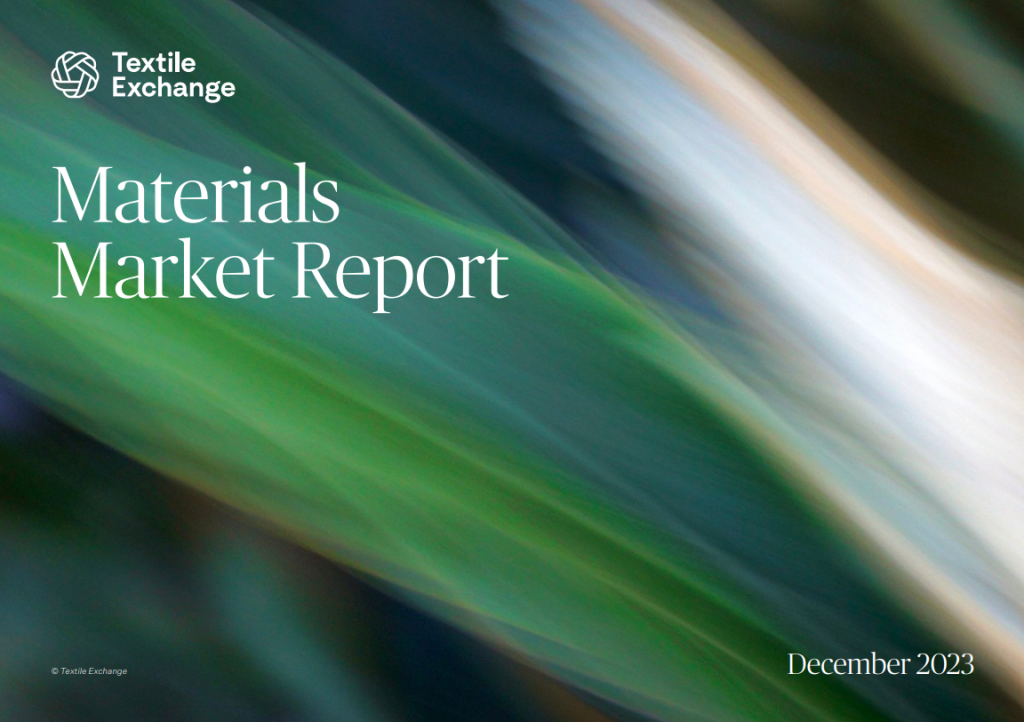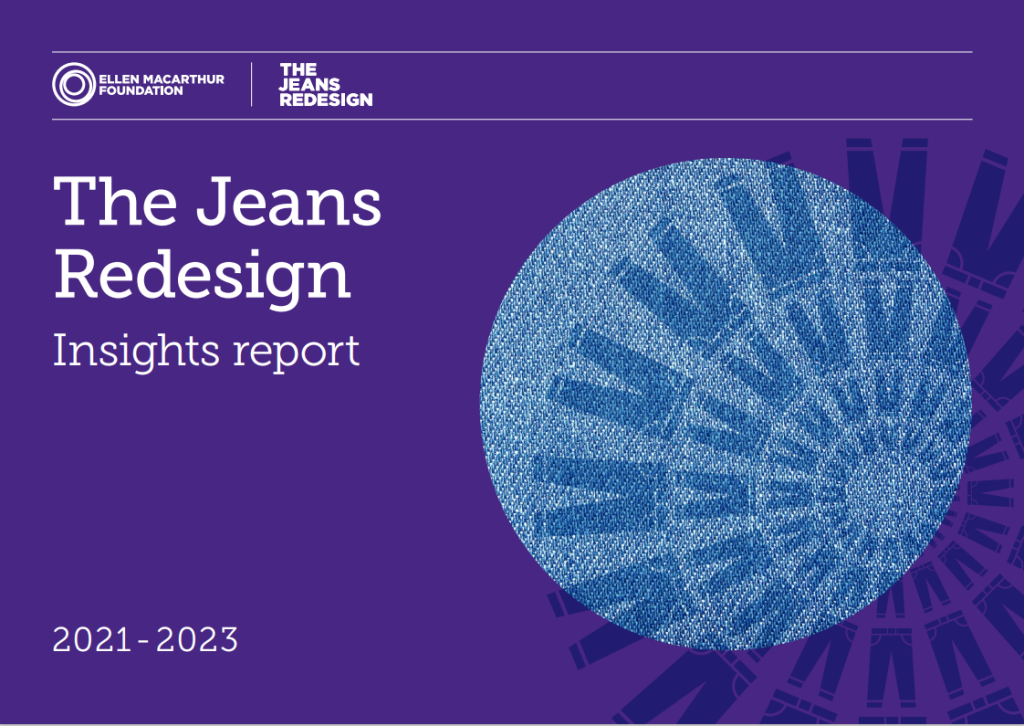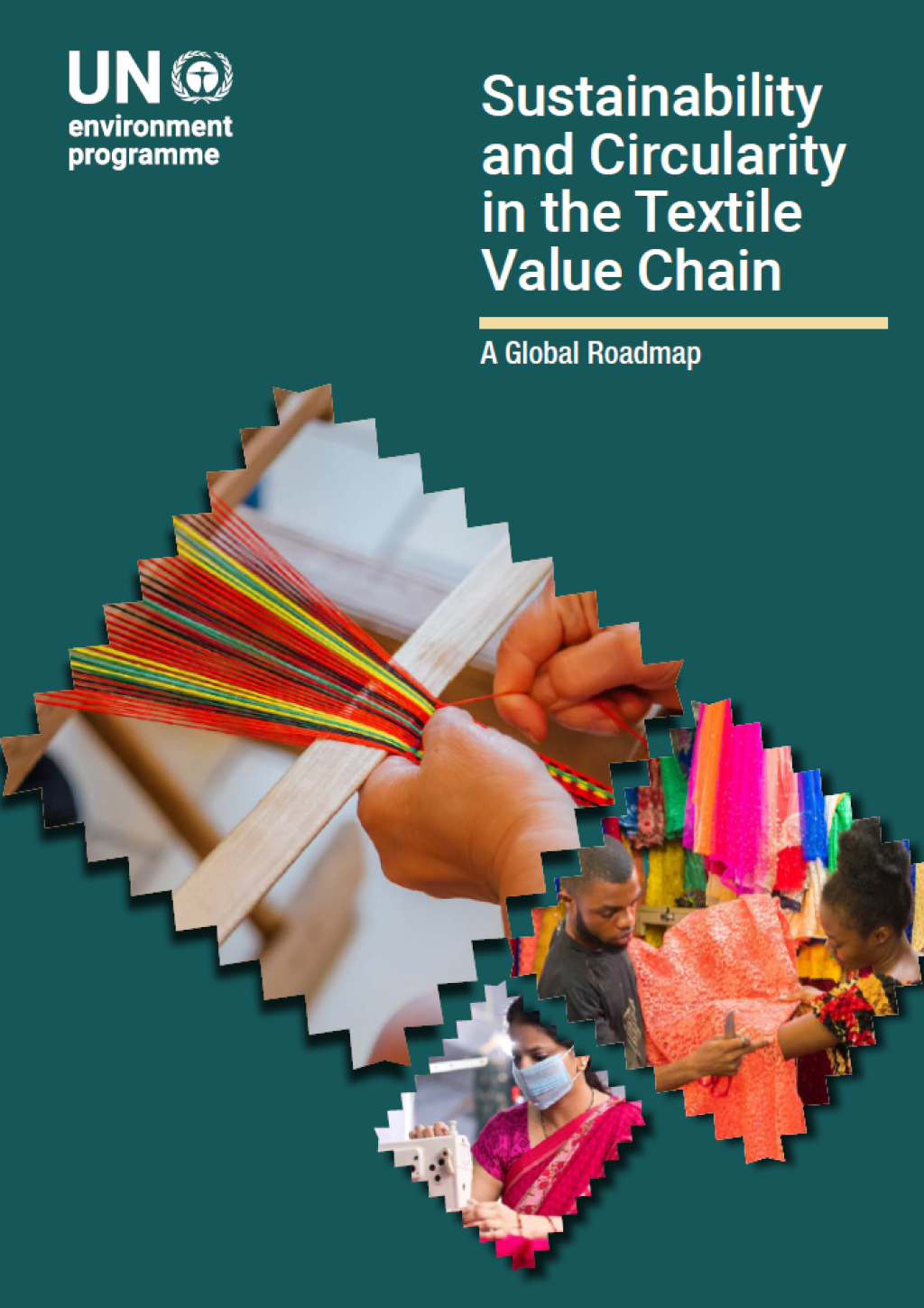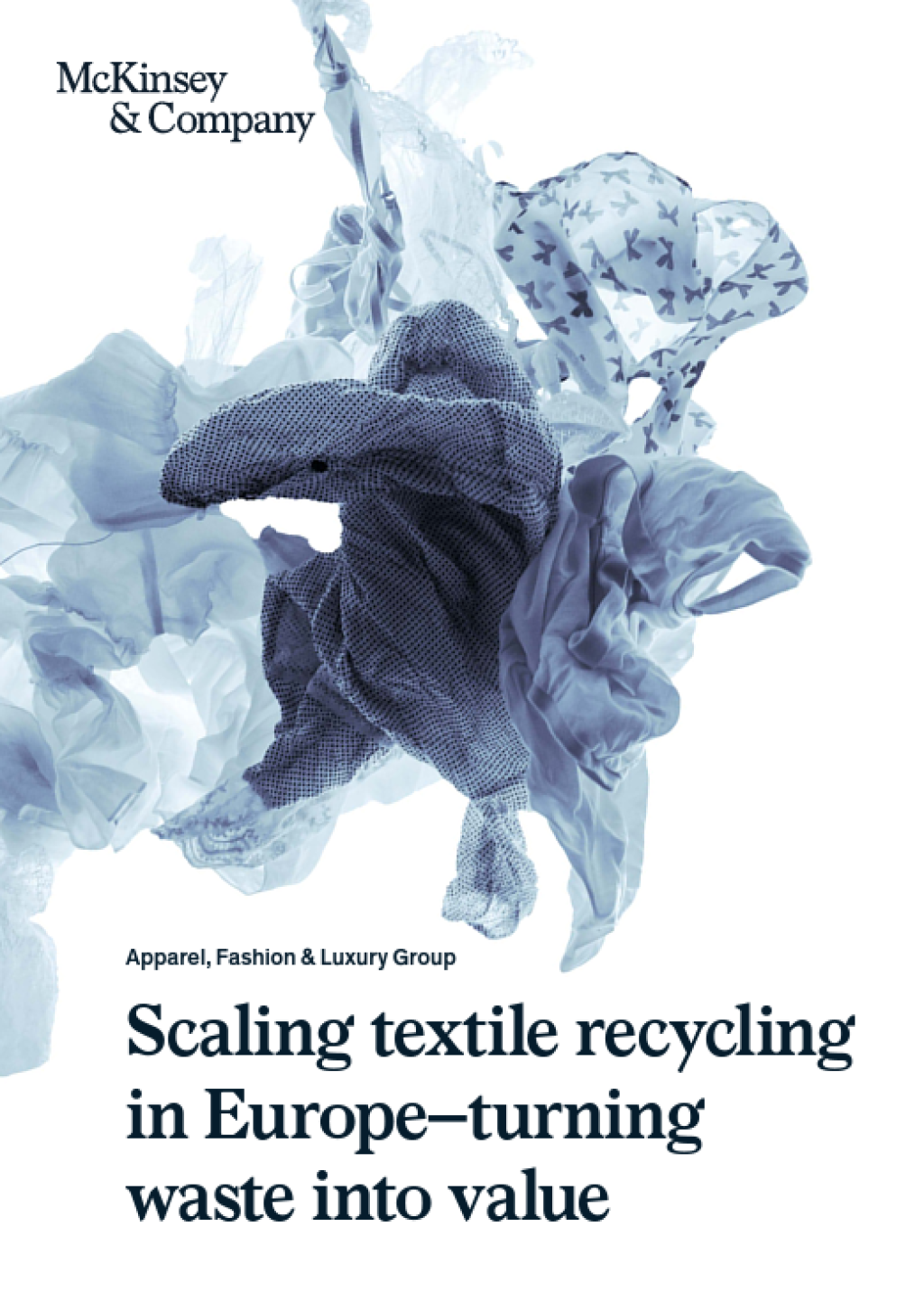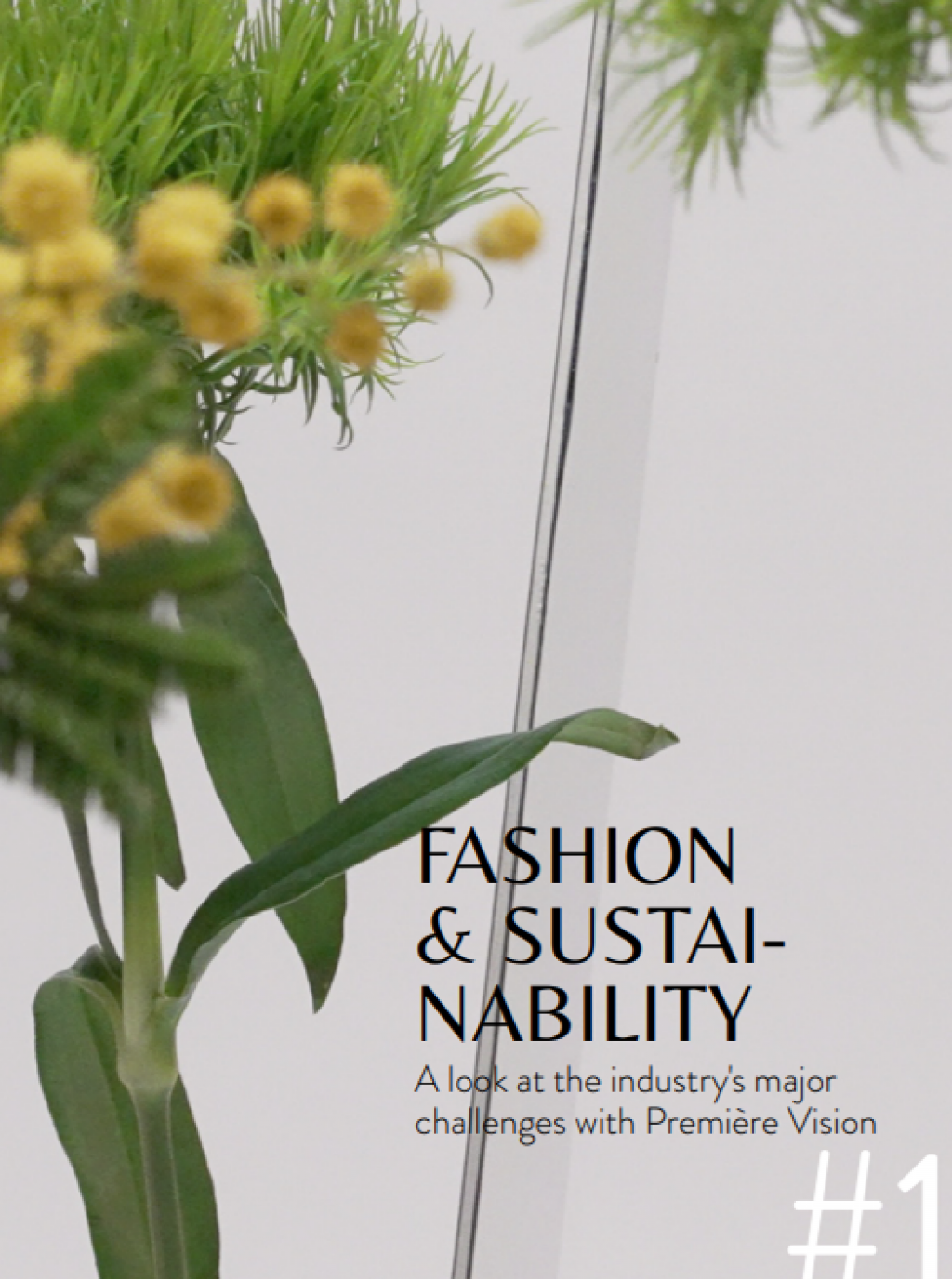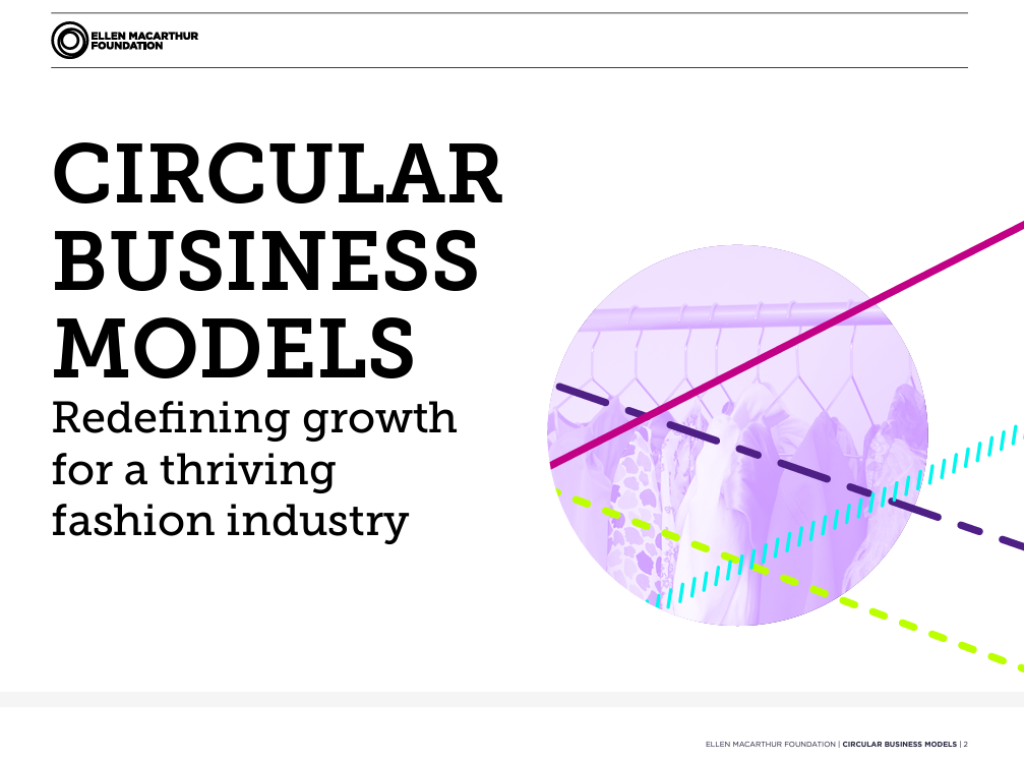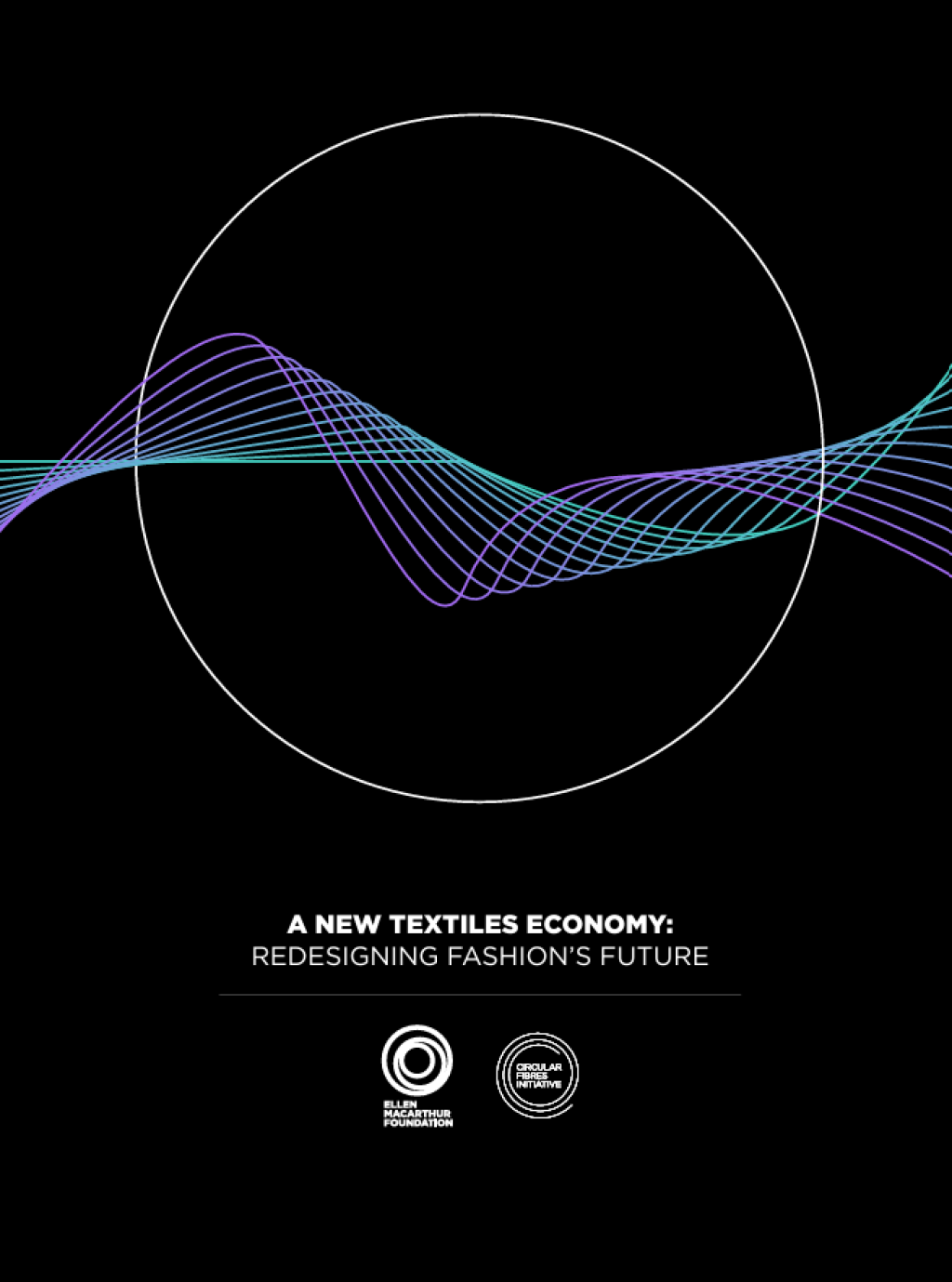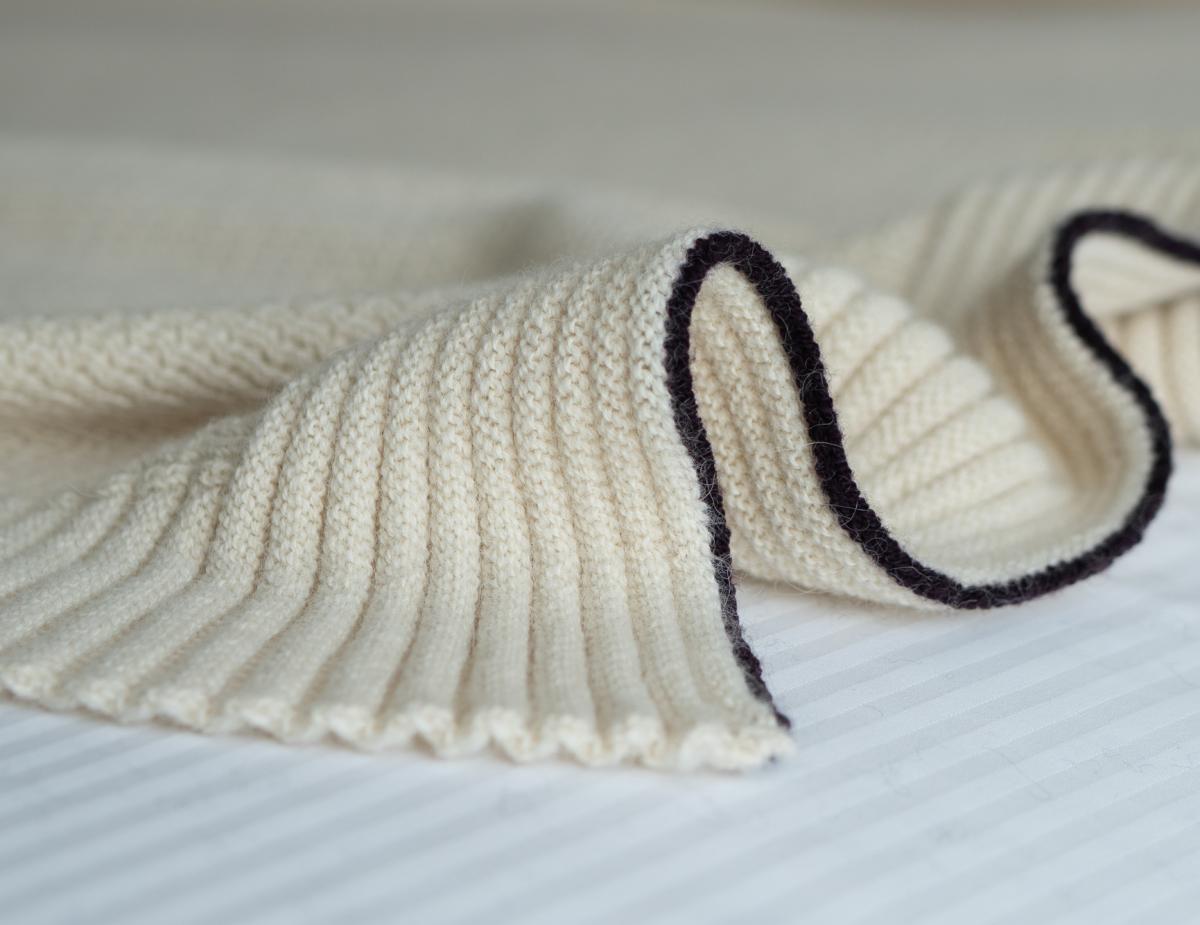
How did you get the idea of producing plaids in alpaca wool made in France?
When the company was created four years ago, our goal was to offer a product that was 100% made in France. We were looking for very fine knitwear, smooth and soft to the touch. We made a prototype of French merino wools but unfortunately none of them gave us what we were looking for. We also had to abandon the idea of using cashmere wool as we couldn’t find a spinner who was able to provide total traceability regarding its sourcing. So, we therefore turned to alpaca wool, the fibre of which is also soft and of very high quality. At the time no sector existed, so we had to work with a spinner in Peru (GOTS certified), the country of origin of alpaca wool.
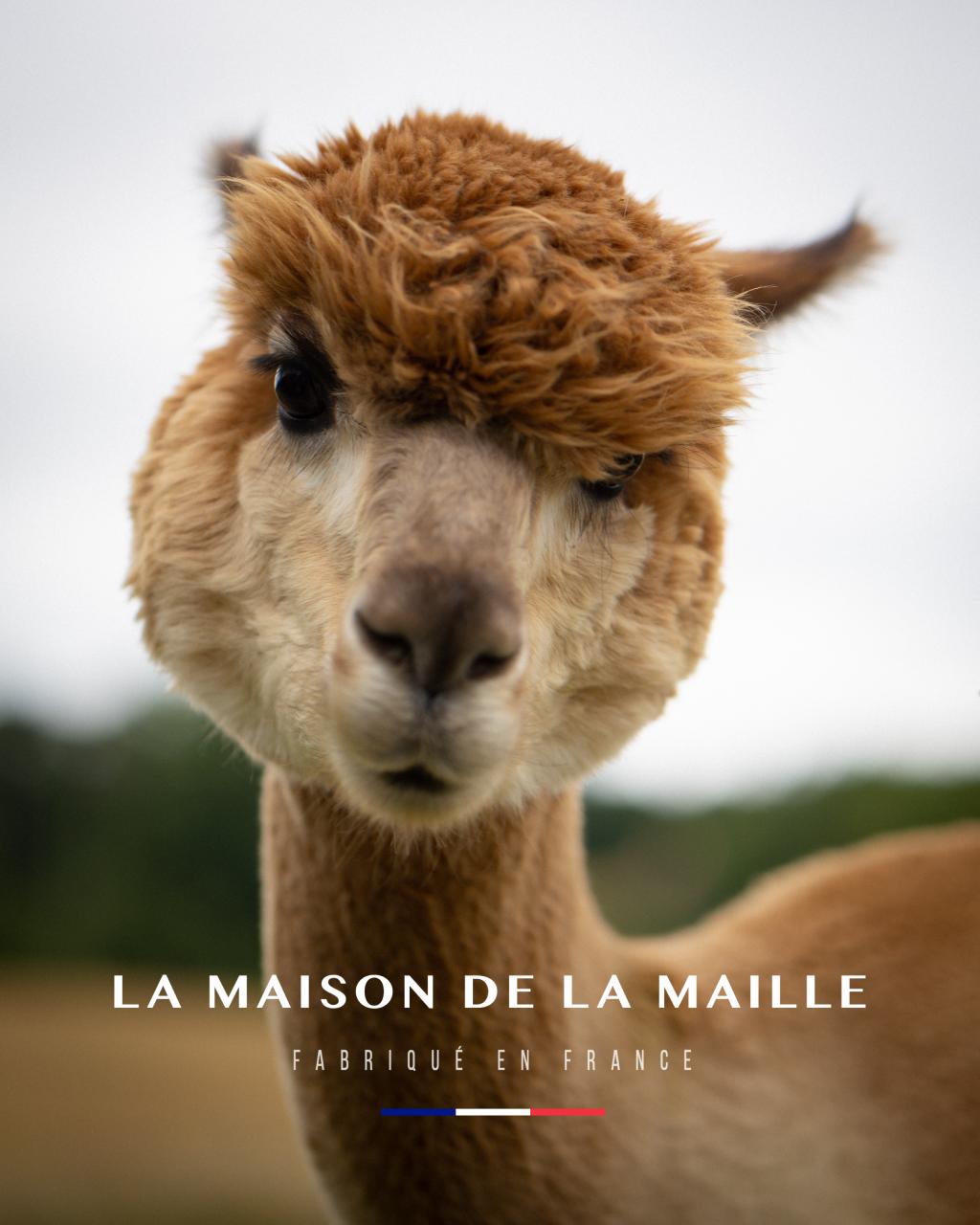
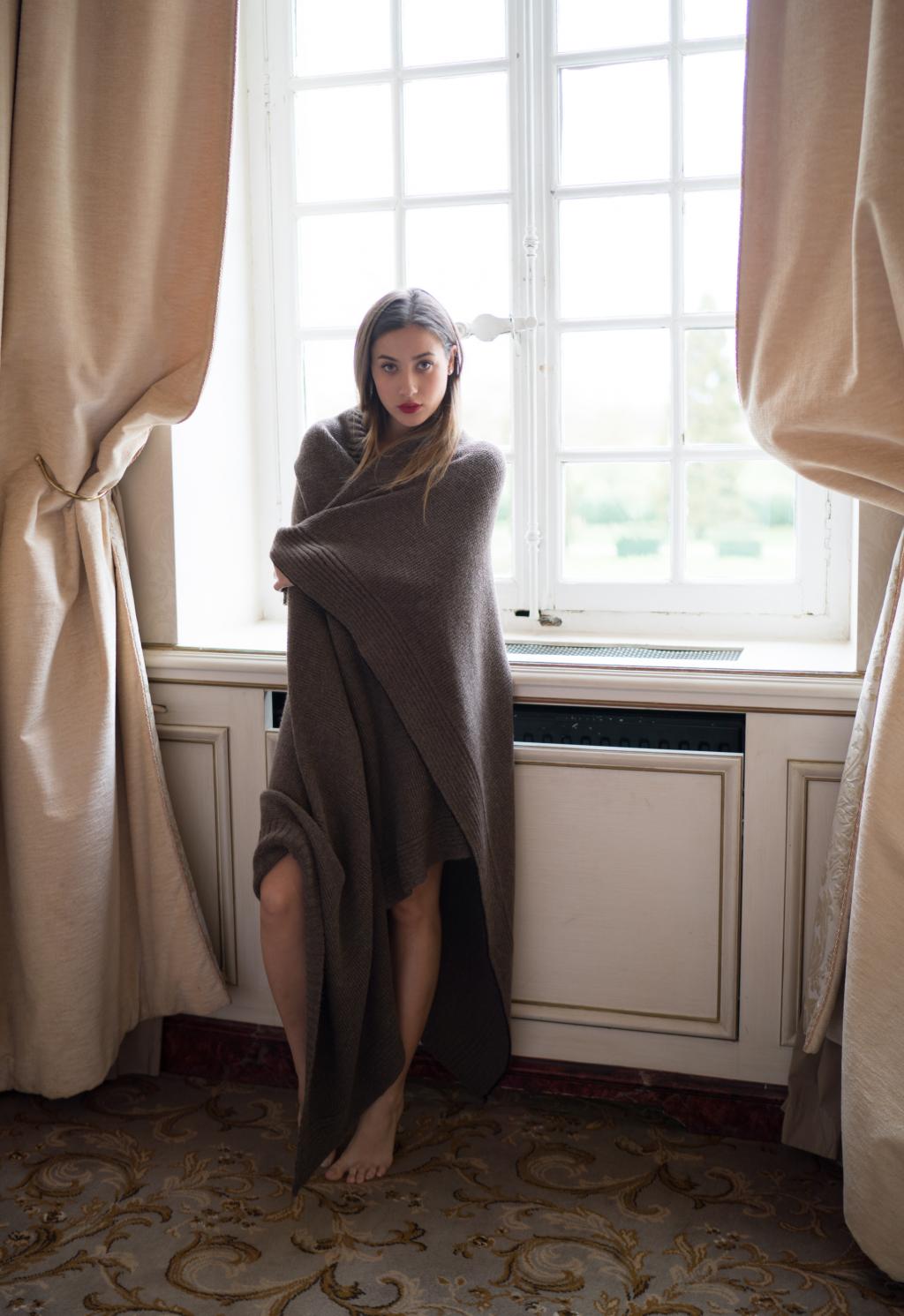
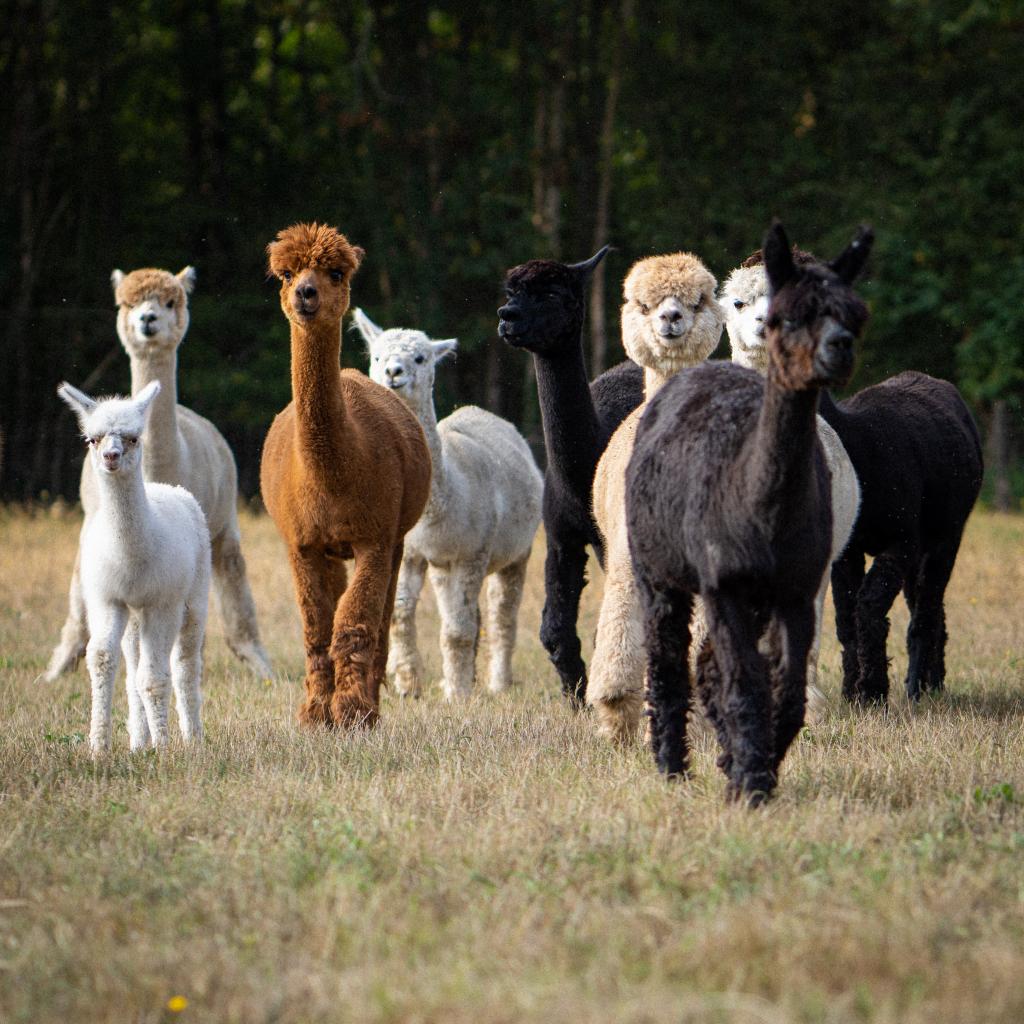
Why is recycled alpaca wool an interesting material?
22 different natural shades have been identified in the breed. It is also a natural fibre, hypo-allergenic, thermo-regulating, 7 times warmer than sheep’s wool and very resistant over time. With it soft properties and fantastic volumes, it is very comfortable to wear and has no reason to envy cashmere.
Can you briefly describe your process?
The French sector started two years ago with an alpaca breeder in Mayenne. Our wool comes from her. A second breeder then set up business near to our offices in La Flèche and contacted us. Meeting this second breeder enabled us to identify our needs, our constraints and opportunities. We therefore launched a working group to lead this project to create a sector. So, the wool fibres come from two breeders.
. Fleece is spun by a young Breton micro-spinner. She has mini versions of industrial machines, which allows her to spin small quantities of wool without having to blend the fleece. When finished, each yarn cone corresponds to the wool of one alpaca, having its own fibre quality and unique colour. It is labelled with the animal’s name, the wool’s weight and the corresponding length of yarn. Ideal for us, as we wanted to manufacture a plaid with wool from one and the same alpaca. This also allows us to calibrate the format to each knitted product, and to have no material waste.
We don’t dye the thread, it doesn’t undergo any chemical procedures and it’s washed with natural soap. Knitting is carried out using machinery, in the Mayenne. Then the products are packaged in eco-designed boxes (made from fabric-lined cardboard). We are soon going to replace the tissue paper with cellulose wadding, also made in the region and can be 100% composted. Just like our plaids.
There is less than 300km between the breeders, the spinner and knitting and packaging operations. We aren’t certified but our manufacturing process is respectful of the animal and the environment, we aren’t certified as a living heritage company (EPV - Entreprise du Patrimoine Vivant); although we are part of an ancient profession and we don’t have OFG (Origine France Garantie) certification either. An application has been made to certification organisations. But we work in total transparency and traceability. Each plaid is embroidered with the animal’s name and buyers have the possibility of visiting the breeders.
What is the environmental impact of these Plaid Merveilleux?
We haven’t yet calculated this, but it would be interesting to do so.
Are your plaids designed differently in order to last longer?
The length of fibres and their high quality means that they are naturally highly robust. However, we darn the last edge of the plaids by hand, so as to give the yarn the sufficient flexibility it needs so as not to break. It’s often here that a weak point may appear. Then we undertake three successive inspections to check that no stitch has been lost and that the products have no defects. Lastly, we indicate on both our website and on the label how to take care of the plaid.
Are there technical limits?
It took time to build a very strong relationship of trust with breeders and to move forward in this French sector project. We also had to find a micro-spinner capable of delivering the yarn that we had specified. The spinning stage is without doubt the most delicate. Because this material is very volatile, very airborne, very complicated to work as it’s very sensitive to the air’s humidity and to static electricity. So, basically to the weather. Added to that, each fibre batch has a very specific property and so adjustments need to be made for each new cone, so that they have more or less the same thickness. We’ll carry out a review after a year in order to see how the process can be optimised.
How is the product viewed by customers?
Very well. Customers are responsive to the approach and don’t question the price at all. The concept to reverse the request, i.e. “choose your animal and you will receive a plaid made from its wool fibres”, completely changes the act of buying. It becomes thought out, reasoned beforehand. With pre-ordering, we impose a production time. Customers must wait 5 to 6 weeks and must understand that manufacturing a luxury plaid takes time, that working in conditions that are respectful to the animal’s needs, takes time too. The two alpaca breeders with whom we work total 120 animals between them. As there’s only one sheering period per year, we offer 100 plaids per year. Our customers buy more than a plaid, they buy a story. We offer something that’s unique.
What’s your next step?
We’d like production to be 100% French for all our collections, including those in Merino wool. And would like to relocate everything as much as possible, by gradually replacing all our overseas suppliers with French suppliers.
Thank you Charlotte Huyghues Despointes , founder of La Maison de la Maille .


